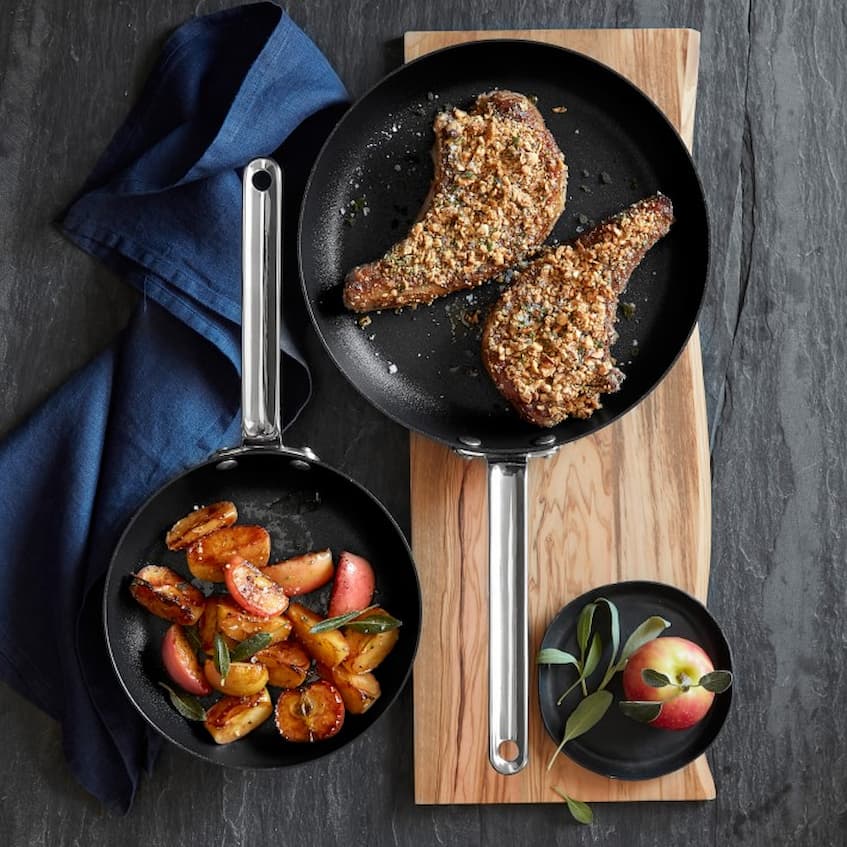
How to Choose the Best Frying Pan: Make Cooking a Breeze
It’s true that knives are a chef’s best friend, but having a good kitchen frying pan in your cookware arsenal is also a must. From cooking eggs to searing, sauteing, braising, pan-frying and more, a frying plan can handle almost every cooking task you throw at them. To choose the best kitchen fry pan, there are some things you’ll need to consider. Failing to choose the right frying pan for you may result in not having an even cooking area that does not heat your food wholly, healthy hazards related to Teflon, and having a metallic taste in your food.
Here are the important points to consider to get a pan that will suit your needs.
Contents
Safety Concerns
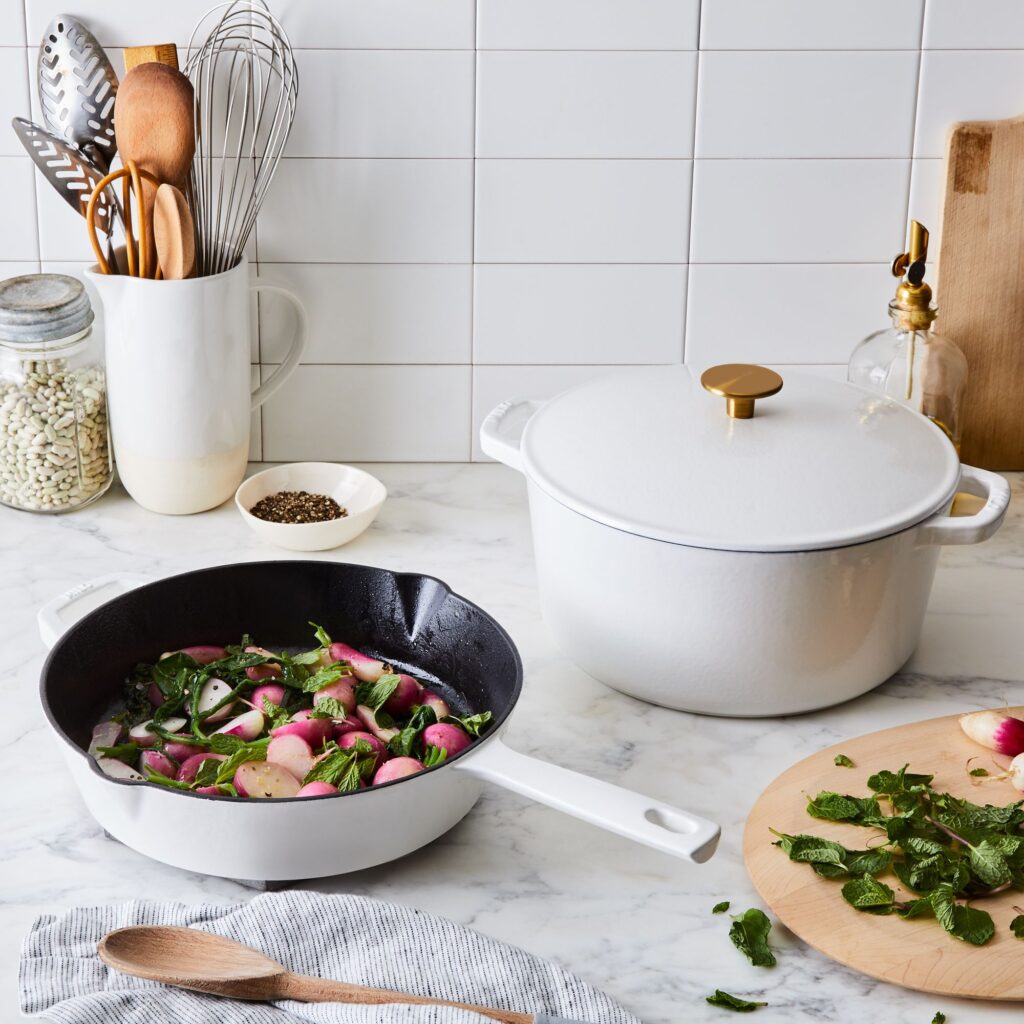
The first thing to check when looking to buy non stick frying pan is safety. After all, when it comes to food, safety should always be your first concern. The safety of the pan is directly connected to what the surface of the pan is made of. Some are made using a harmful chemical called PFOA. So, make sure the frying pan you get is PFOA-free. You can always check with the manufacturer to learn more about how their products are made.
Construction
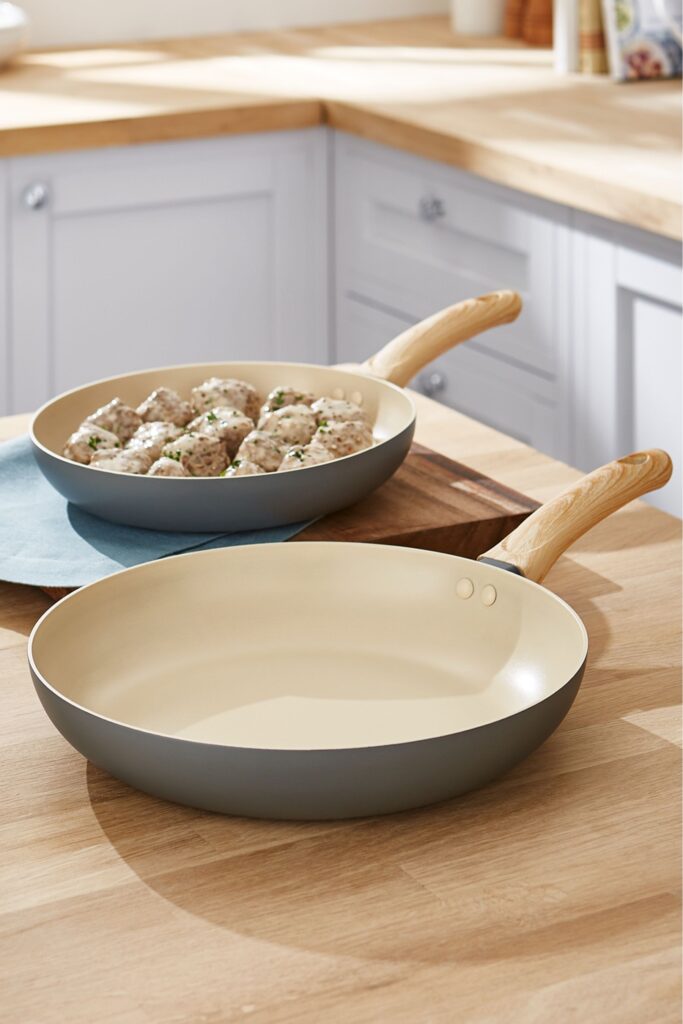
In addition to safety concerns, it’s also important to know the materials used to make the pan. Most pans are made with either stainless steel or aluminium tri-ply. Stainless steel pans are well known for providing even heat distribution, but they tend to be heavier and also cost more. Aluminium-based pans have the ability to heat up fairly quickly but can’t offer even heat distribution. They can’t be used on induction burners unless you use a stainless steel plate underneath them. Actually, if you’ll be using an induction cooktop, make sure to check the package to find out if the pan is compatible or not.
The process that’s used to make the pan is also important as it can also directly affect the quality of the pan. So, before you buy non stick frying pan, make sure it’s made from at least 5-ply metal cladding. This means the pan has been made with carefully layered metals that offer superior performance. Also, be aware of low-quality pans. They will be cheap and mostly not clad as well. These pans generally have substandard durability and uneven heating.
Coating
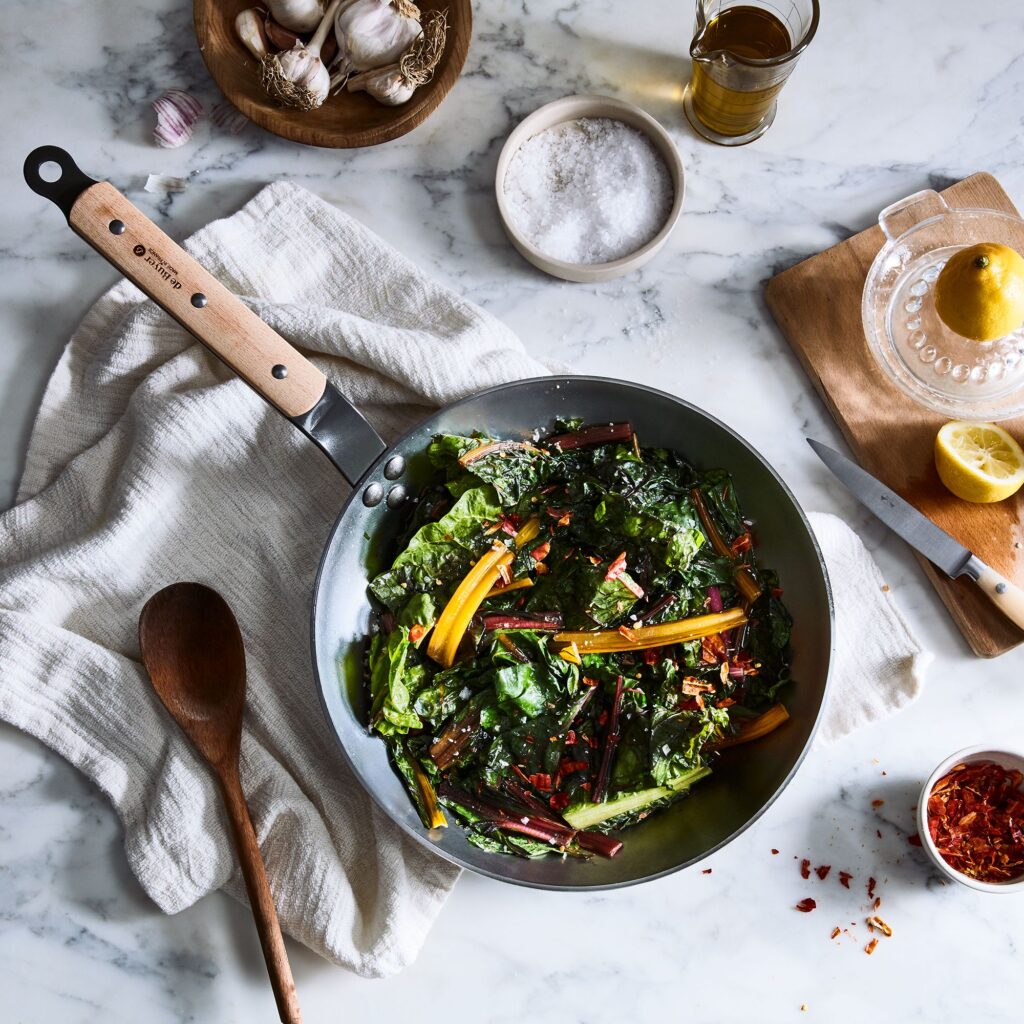
Two forms of non-stick coatings are used today to make non-stick pans. One of the most common coatings used is PTFE, commonly known as Teflon. PTFE is a water-repelling synthetic coating. Another type of coating is ceramic coating, which is in fact a silica-gel-based coating.
While both types of coatings work perfectly well to prevent food from sticking to the pan, Teflon coated pans tend to last longer than ceramic coated ones. With both types of coating, you need to make sure you follow the guidelines, which mainly instruct not to scratch the surface of the cookware.
Features
Cooktop Sustainability

To be able to use your pan with an induction cooktop, you’ll need a pan that’s made of ferrous metal, which is a metal that can be magnetised. For ceramic cooktops, the pan needs to match the size of the cooktop elements. For a solid/radiant electric cooktop, you’ll need a pan with a flat, steady base.
Cleaning
To make cleaning easy you’ll want to avoid grooved surfaces and painted exteriors. The pan should also fit in your sink. And if you want to know how to clean grease from non stick frying pan, follow these tips.
Handle
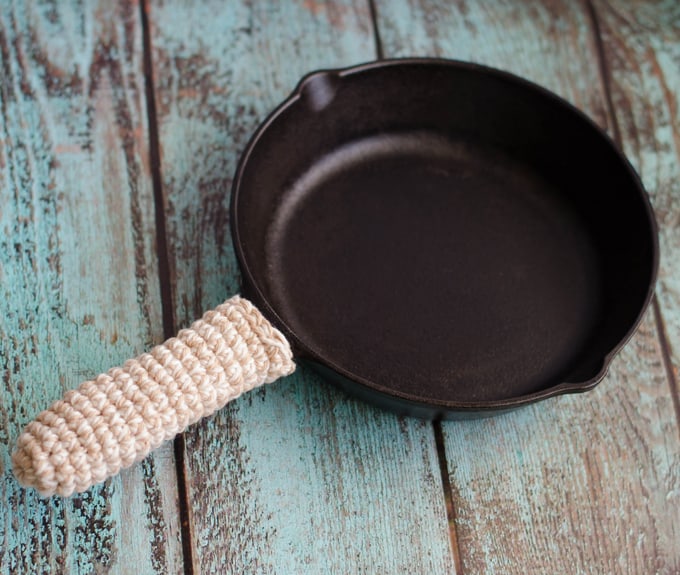
For improved comfort, you’ll want a handle with a soft, moulded grip. For a better support handle for lifting heavy loads, you’ll want a handle that’s long enough to hold with two hands.
Base
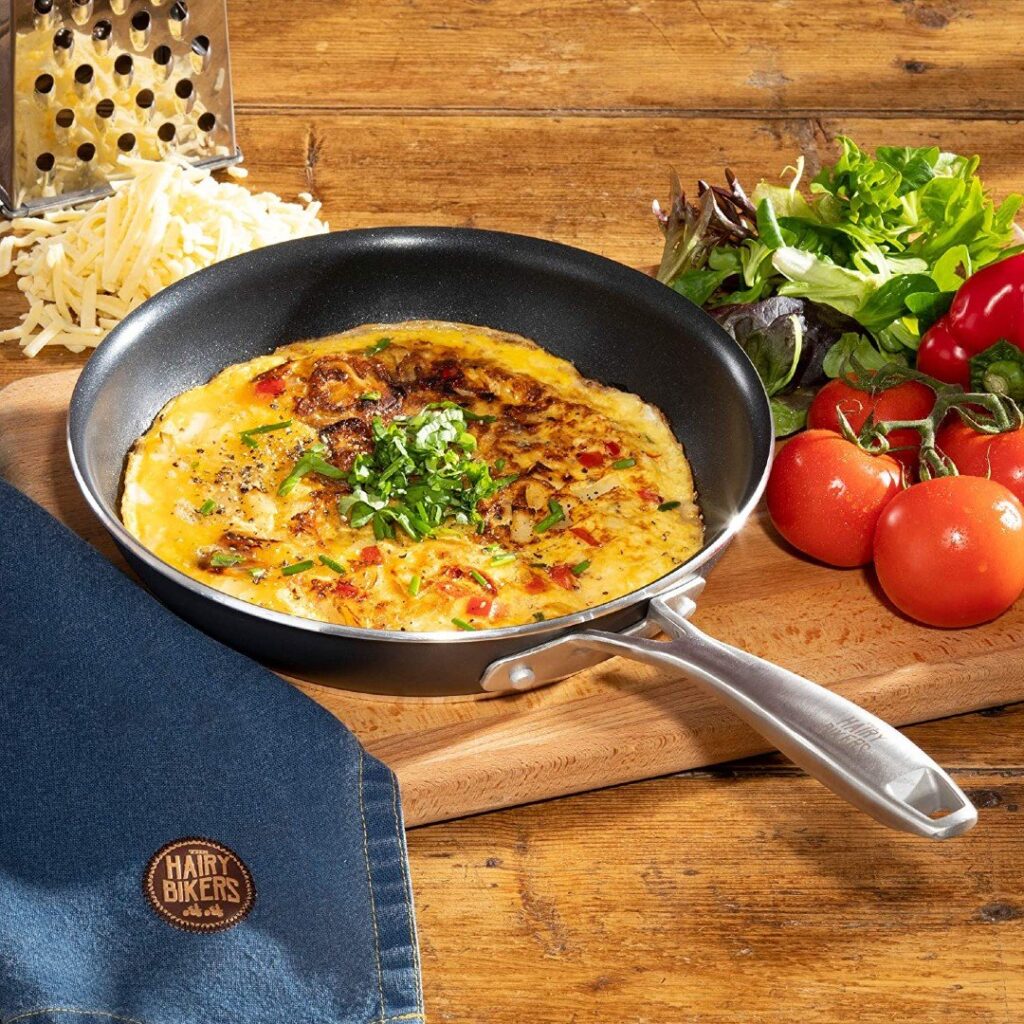
For better heat distribution and cooking performance, look for a thick, heavy base. A base that is too thin could burn your food. Also, check the flatness of the base before you buy. Generally, a pan that is slightly concave will flatten on heating as it expands. If your pan turns concave on heating, you’ll notice the food runs to the sides of the pan.
Caring For Your Non-Stick Frying Pan
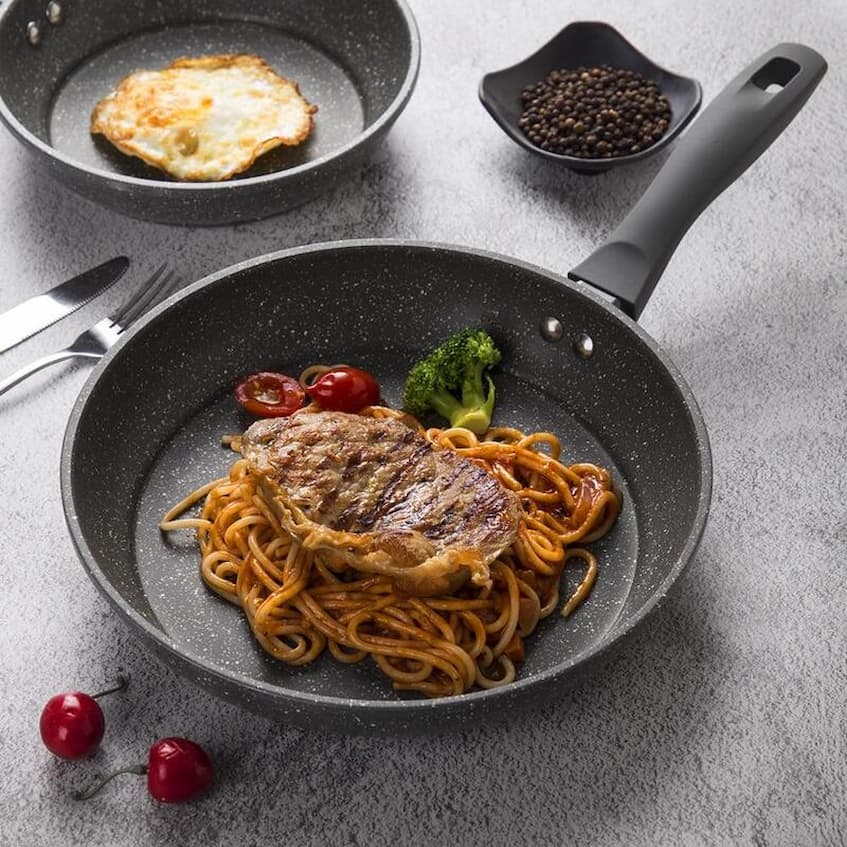
Although these pans are great for the minimal oil they require for sauteing and frying and for their non-stick capabilities, they do require more attention when it comes to maintaining them. In order to get the most of your pan don’t use metal utensils on your non-stick frypan. This means, don’t cut food in the pan, don’t flip eggs with a metal egg flip and don’t turn steaks with metal tongs. Instead, use silicone-coated, plastic or wooden utensils.
You should also avoid putting your hot pan in the sink straight after cooking and run cold water on it. This can warp the base, which means the pan won’t sit flat next time you want to cook with it. Another thing you’ll want to avoid is using cooking oil sprays. These sprays are known to burn at low temperatures, leaving behind an invisible build-up of residue that can affect the performance of the non-stick surface.


No Comments